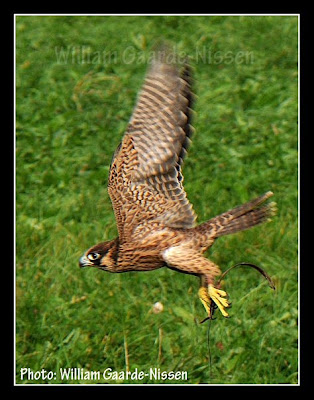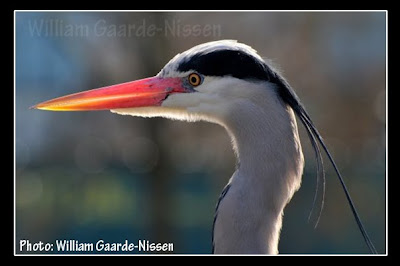 Celebrating 1st Anniversary..................
Celebrating 1st Anniversary.....................
Travel Photography Tips
.....
Dear Friends,
....
Visiting beautiful places is an instinct of human beings. Numerous people photograph gorgeous places every day. But a very few succeed in making excellent photographs. Those who don’t get success in doing so, also have a desire of achieving stunning pictures. With a few points kept in consideration, everyone, who loves travelling and photographing places, can achieve desirable images.
1. One must have good knowledge of the key characteristics* of the particular place, such as, flora and fauna, geographical features, historical background, people and their culture etc. This helps in taking the photographs with a proper approach. Any such information can easily be collected through internet and travel guide-books.
2. We should always aim at portraying the places in their true manner with above mentioned characteristics*. If we do so, our photographs wouldn’t need any explanation. They will convey their message well.
3. The ideal time for shooting good travel shots is that of early morning or late evening. The angular/soft light of this period enables us to find gentle images with vivid colours and fine details. Of course, we achieve satisfactory results during the peak of the day as well, but with a handful limitation.
4. A travel photograph should convey some story with liveliness. If our photograph is dormant, nobody, including us, would like to see it passionately.
5. The role of good equipments is equally important. A SLR Camera with one standard zoom (such as, 18-55 mm, 18-70 mm, 18-135 mm, etc.) and one tele photo zoom (such as 70-200 mm, 70-300 mm etc.) is enough for our purpose. If having two different zoom lenses is not convenient, we can go for some long-ranged zoom lens, such as, 18-200mm, 28-300 mm etc. SLR camera is not affordable for everyone. There is a good range of basic and advanced digital compact cameras in market. These cameras are good enough to record fine travel shots.
The use of a firm tripod is advisable for shooting during low light conditions. This prevents camera shake.
6. The great depth in the scene makes an ideal travel photograph. For this purpose we should use a small aperture (32, 22, 16, and 11) and set the shutter speed accordingly. If we have a digital compact camera, landscape mode will serve up our purpose.
7. To freeze the flow of a water stream or fall, use of high shutter speed (1/500 sec. or above) works friendly. Sports mode of a compact digital camera is very useful in such situation.
8. The composition of our photographs ought to be simple. We should not involve so many subjects in our photograph. We have to concentrate on one or on a few subjects. Disturbing objects, like, electric poles/wires, discarded items etc. should be avoided while clicking the image. If we wish to involve a human being or a structure (like hut or temple) in a landscape, we have to avoid placing this in the center of our frame. It is wise to place this type of subject a little away from the center. This will add balance to the picture. Furthermore, the horizon of the scene should be straight.
Above all, there should be freshness of approach in our composition.
9. We must keep extra and fully-charged camera-batteries with us. This helps out evading disappointment during crisis.
10. Our camera is very important during a trip; we have to take extra care of it. An irresponsible approach can damage our gear.
.
--Dr. Pankaj Sharma

























































